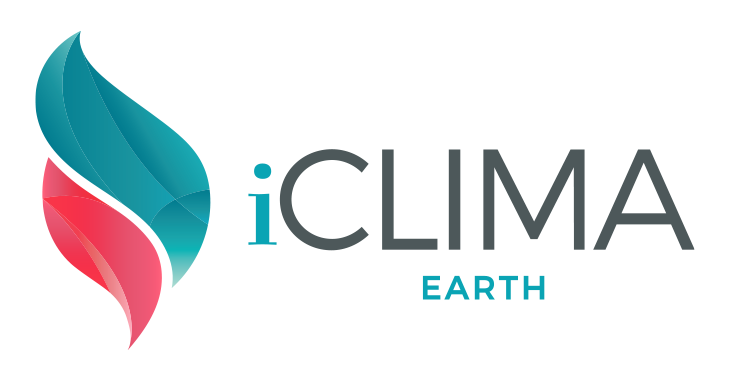The world’s largest offshore wind farm operator is set to restart two coal and oil-fired power stations, prompting clean energy ETF issuers to ponder the company’s future in their products. However, they think carefully about what such a decision would mean.
Danish utility company Ørsted announced it had been ‘ordered’ by regulators to reopen its decommissioned coal-fired Strudstrup Power Station and oil-burning Kyndby Peak Load Plant – as well as cancelling the phase-out of its coal-powered Esbjerg Station – given the ongoing energy supply crisis.
Ørsted will now run the plants until at least June 2024, which could mean ETFs from Fidelity and iClima Earth are forced to divest if the company’s revenue exposure to coal passes certain thresholds.
However, this could be a mistake. Starting its life as part of a nationalised oil and gas company in 1972, Ørsted is a success story of an energy company successfully transitioning to over 90% clean energy generation.
Now cornering a dominant position in the wind power market, the company said it still plans to keep to its net-zero by 2025 pledge despite the temporary reopening of its fossil fuel-burning plants.
Gabriela Herculano, co-founder and CEO of iClima Earth, told ETF Stream: “[The order] comes from the regulator and cannot be misinterpreted as a change in strategy, nor as an inability to deliver a robust pipeline of renewable projects. It is exactly the opposite.
“These companies are accelerating the energy transition, but in the very short term, must deliver to its customers.
“Ørsted is an incredible case of a company that used to be a national fossil fuel player that repositioned almost all of its fossil fuel assets. It is a beacon of foresight and it is very fair to see Ørsted as a climate champion.”
The right course of action, in this case, would be for ETF issuers and index providers to exercise a degree of discretion, which could mean adjusting their rules-based approaches regarding coal exclusions.
While some might decry this as anti-passive, we have seen in the past that when the rules of a clean energy ETF are not producing the best outcome for investors, changes can and should be made.
Others would rightly make the point that such a move would be anti-ESG, but then an investor must ask whether their priority is to capture the most important players within a theme, or whether they are willing to only capture part of a niche in favour of ESG objectives.
Last year, S&P Dow Jones Indices performed a double reshuffle on index underlying the infamous $6bn iShares Global Clean Energy UCITS ETF (INRG), which softened its ESG screens to allow companies up to 25% involved in generating electricity from thermal coal into the benchmark.
From an ESG perspective, this might be too much for some investors to stomach, however, what should be more concerning is the fact high exposure to other energy sources means utility companies with just 20% clean energy involvement can make their way into INRG’s index.
Ultimately, even energy companies with high renewable energy involvement can also be involved in fossil fuels. While clean energy ETFs should only capture companies with green power as a core part of their business, outright rejecting those with partial coal exposure will mean missing out on a large potion of the listed investment universe.
This issue bears further consideration, especially if other companies are forced to be pragmatic to meet consumers’ energy needs in the coming months.
ETF Wrap is a weekly digest of the top stories on ETF Stream
Related articles






